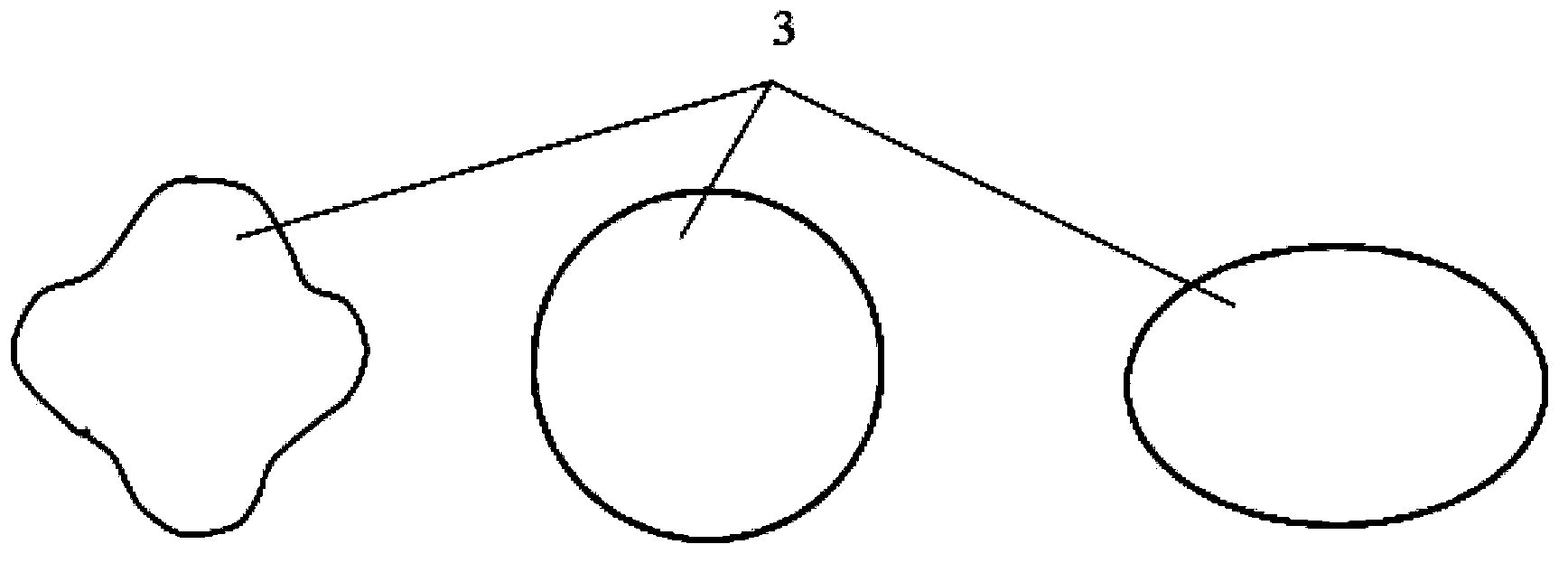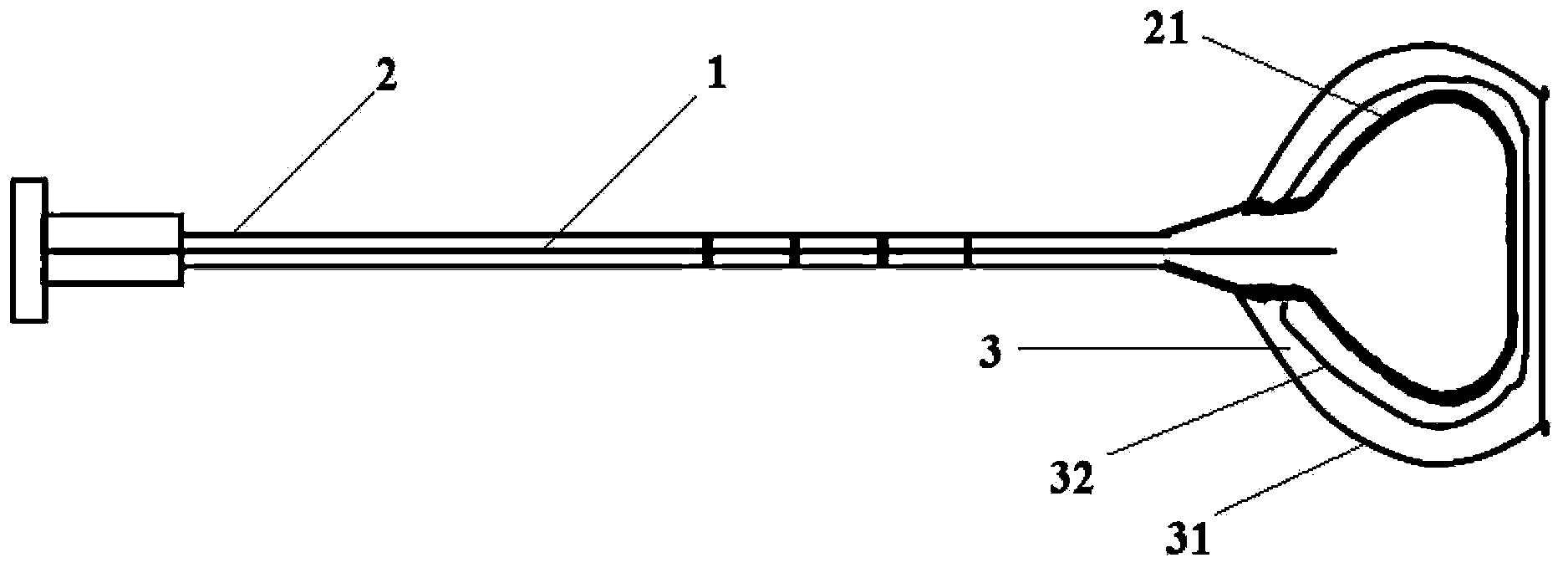Compound active amnion material, preparation method and application thereof and compound active amnion uterine cavity repair stent
An amniotic membrane and active technology, applied in the field of gynecological intrauterine adhesion treatment, can solve the problems of accelerated postoperative adhesion, secondary injury of metal stents, poor effect, etc., achieving strong operability, good adaptability to the human body, and avoiding secondary damage effect
- Summary
- Abstract
- Description
- Claims
- Application Information
AI Technical Summary
Problems solved by technology
Method used
Image
Examples
preparation example Construction
[0027] 1. Preparation of composite active amnion material
[0028] 1.1 Preparation of amniotic membrane
[0029] The amniotic membrane used in this example is human amniotic membrane, which can be selected from commercialized human amniotic membrane that meets the standards (YZB / National 0593-2005). During the treatment of the amniotic membrane, the amniotic membrane epithelial cells can be retained or the epithelial cells can be removed by enzymatic hydrolysis , no matter whether the epithelial cells are removed or not, the preparation of the composite active amniotic membrane material in the present invention is not affected. Among them, the methods are as follows:
Embodiment 1
[0031] Preparation of amniotic membrane with epithelial cells preserved: In a clean and sterile environment, fresh amniotic membrane is rinsed with sterile saline, with the epithelial layer facing up, spread it on 0.45um microporous nitrocellulose filter paper, and place it in 0.2%~ Soak in 2% glycerin for later use.
Embodiment 2
[0033] Preparation of amniotic membrane without epithelial cells: In a clean and sterile environment, after washing the fresh amniotic membrane with sterile water, use 0.2% to 0.5% trypsin or 0.25% trypsin + 0.02% EDTA (ethylenediaminetetraacetic acid, Ethylene diamine tetraacetic acid), hydrolyzed in a 37°C water bath for 20-120 minutes, removed epithelial cells, fibroblasts, and serous fluid with a cell scraper, and rinsed repeatedly with sterile water. At this time, the decellularized amniotic membrane was a translucent membrane. Stain (hematoxylin-eosin staining method), no epithelial cells remain under optical microscope observation, soak in 0.2%-1% glycerol for later use.
[0034] 1.2 Preparation of collagen sponge or composite collagen sponge preparation solution
[0035] The present invention includes two preparation methods of collagen sponges. The collagen sponges or composite collagen sponges prepared by the following methods are applicable to the present invention....
PUM
| Property | Measurement | Unit |
|---|---|---|
| size | aaaaa | aaaaa |
Abstract
Description
Claims
Application Information
 Login to View More
Login to View More - R&D
- Intellectual Property
- Life Sciences
- Materials
- Tech Scout
- Unparalleled Data Quality
- Higher Quality Content
- 60% Fewer Hallucinations
Browse by: Latest US Patents, China's latest patents, Technical Efficacy Thesaurus, Application Domain, Technology Topic, Popular Technical Reports.
© 2025 PatSnap. All rights reserved.Legal|Privacy policy|Modern Slavery Act Transparency Statement|Sitemap|About US| Contact US: help@patsnap.com



